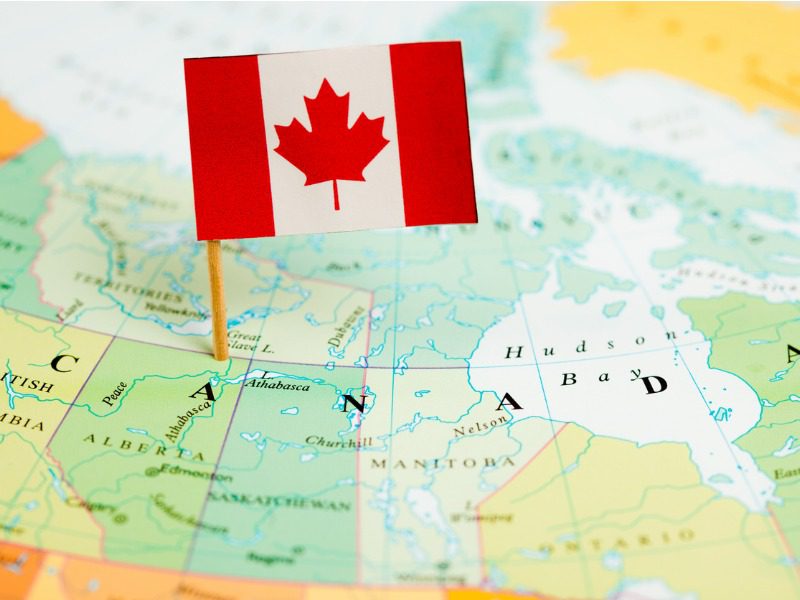Canada’s most-exposed flood regions

Quebec has the highest historical average annual loss (AAL) for flood faced by any region across the country, at $861.3 million, but Yukon’s average annual loss per residential address (RA) stands at $925, well above Quebec’s $229 loss per residence.
These figures are based on historical data presented during a Flood Task Force Update by a federal government official at the Cat IQ Connect virtual series.
Here’s what every province’s average loss expected to occur each year is, (from highest AAL per RA to the lowest):
Province/Territory
Total Average Annual Loss (AAL)
Residential Addresses (RA)
AAL per RA
$13 million
14,078
$925
$689.4 million
1,970,688
$350
$103.6 million
344,568
$301
$105.3 million
457,831
$230
$861.3 million
3,766,438
$229
68.6 million
485,915
$141
805.1 million
5,835,659
$138
$9.8 million
73,982
$133
$245.5 million
1,855,372
$132
$54.5 million
426,427
$128
Newfoundland and Labrador
$11.9 million
167,307
$71
$0.6 million
9,388
$65
0.2 million
3,610
$44
The total annual average loss for all of Canada reaches $2.97 billion dollars, with over 15.4 million residential addresses, according to the actuarial analysis. That would make the average annual loss per residential address $192.7.
These figures are based on historical data presented during a Flood Task Force Update by Matthew Godsoe, director of the resilience and economics integration division at Public Safety Canada, at the Cat IQ Connect virtual series.
“This is what the breakdown looks like per residential address across the country when we splash out the total annual average losses from the damage functions across those provinces,” says Godsoe. “Most of the data that we have is between 50 and 100 years old for historical [analysis] across the country.”
“There’s a limited number of properties that have extreme flood risk that drive up the average costs for everyone,” says Godsoe. These figures also allow the industry to be more targeted with risk management activities, he notes.
Private insurers are currently discussing with the federal government a new national flood insurance program model. Two of four possible flood insurance models are the “most promising” for private-public engagement within the upcoming national flood insurance program, Godsoe says: the Flat Cap High-Risk Pool and Tiered High-Risk Pool.
The task force is expected to publish this summer a Statement of Fact report, summarizing its findings of possible flood insurance solutions for the country.
Feature image by iStock.com/pawel.gaul


